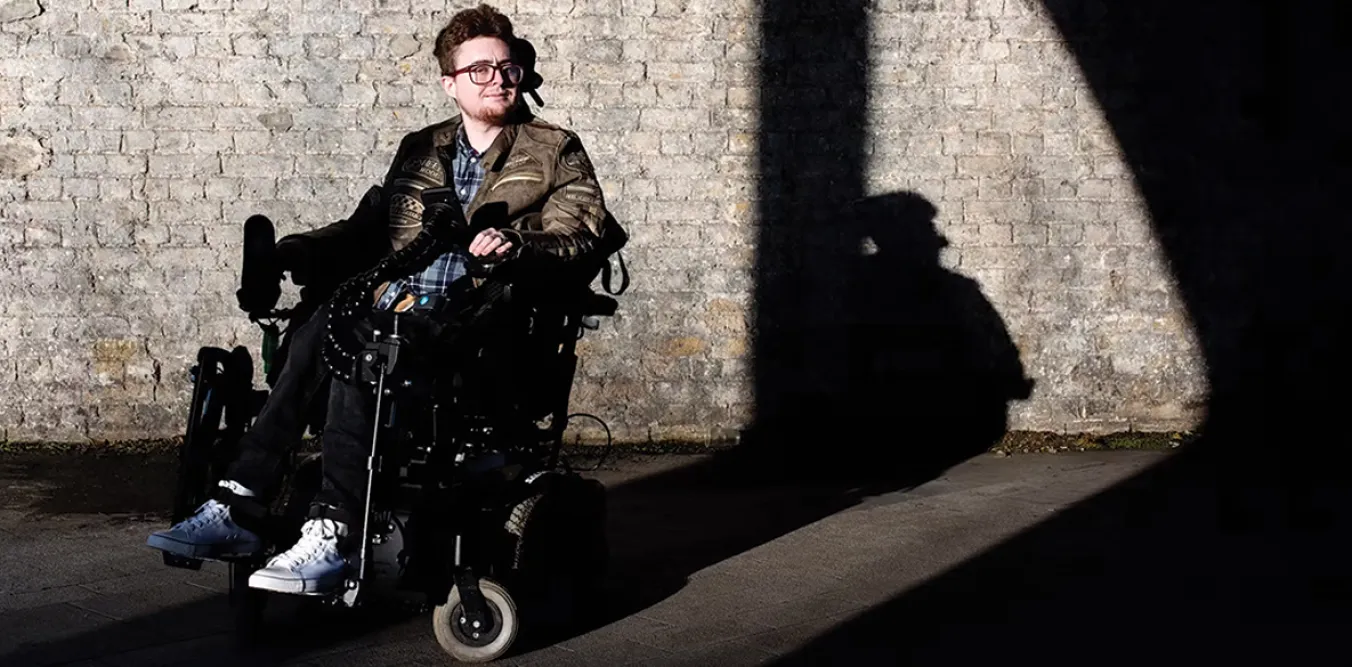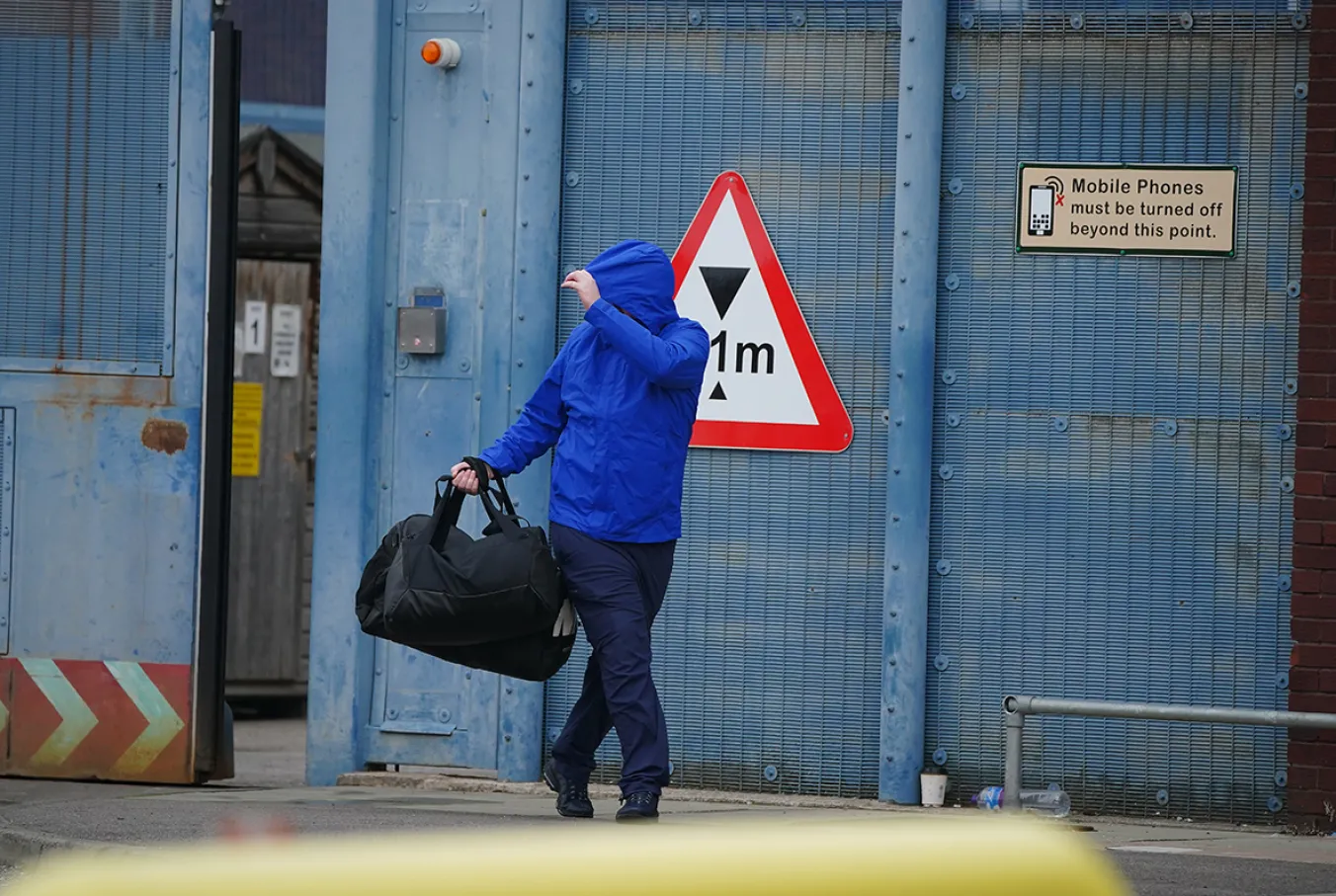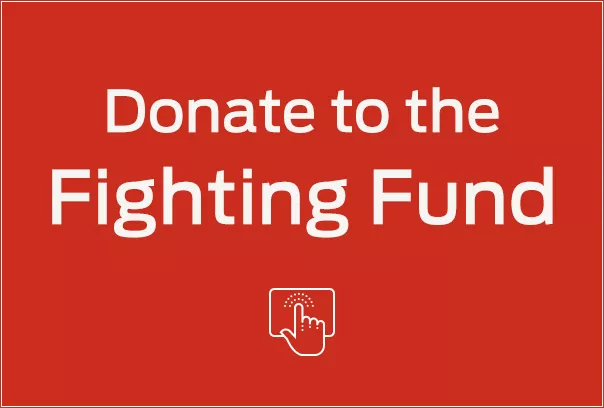
LIKE other journalists, I know I should signpost readers to the Samaritans when an article, feature or column has touched on a sensitive subject.
That’s because the Samaritans are an important part of the mental health safety net, and due to the ongoing problems within mental health services, their work and that of others in the voluntary and charitable sectors is more needed than ever.
But I’ve not previously stopped to think about how the Samaritans are meeting this increased demand. I’ve always assumed those ringing in/or emailing would get the support they needed. After all, the Samaritans strapline is “We are here to listen.” But is that always the case?
Disabled campaigner Helen Timson has complex post-traumatic stress disorder as well as a number of other acute disabling conditions. Over the years, Timson has used Samaritans, but only when she has been in dire need of mental health support.
In the month before her last call to the Samaritans, Timson was under more stress than usual. Compounding this was grief due to the loss of her mother, especially as it was under suspicious circumstances. With nowhere to turn and nobody to turn to, Timson felt increasingly unsafe. She needed someone who would listen to her to help her get through this short-term mental health crisis.
But when she called Samaritans, instead of the reassuring words of a volunteer, she heard an automated voice saying:
“We’re concerned about the length of time this number has spent in contact with Samaritan volunteers in the last 30 days. We would really like to talk to you about how best we can support you. Please contact the caller support team. Our office hours are 9am to 5pm, Monday to Friday. Otherwise, the restriction will remain in place for 30 days.”
When she was finally able to speak to this team, she was informed as to why her phone number had been restricted. During this period, Timson was offered support whereby volunteers would call at agreed times and dates, but this was something Timson didn’t want.
Timson said: “It felt like I’d been put on the naughty step. I didn’t want this; I wanted full access to the service. That’s because my needs aren’t at a certain set time each day — they’re unpredictable.”
It’s clear from the message Timson received that some can face restrictions for up to 30 days. Thirty days when they can’t access the service in the same manner.
For those who have high support needs, there are not many places they can access when in a crisis. Many will feel they’ve been treated poorly by the emergency services, who have their own way of blocking and diverting those they deem “frequent callers,” who may be people experiencing a shorter-term but intense, mental health crisis or have longer-term mental health and social care needs.
This perceived animus towards people who have such needs is why a proportion will withdraw from all services, whether they are emergency services or in the charitable and voluntary sectors. Timson, scarred after her experiences with the Samaritans, said: “I now won’t ever call them.”
The information given to Timson said: It sounds like you have hit one of our restrictions on your number — we do understand that it can come as a shock to hear one of these messages when you’re not expecting it, and we appreciate you getting in touch.
Phone numbers, which are restricted in relation to call volume, are picked up on an automatic system at the Samaritans central office if they have made over a certain volume of calls or spent over a certain amount of time talking to volunteers.
The current threshold for “talk time” is currently set at 20 hours over a rolling 30-day period, and the threshold for volume of calls is 100 calls in a rolling 30-day period. Telephone numbers are also picked up and restricted if a call has been logged by volunteers as “contacts not tolerated” by Samaritans.
In response to this, Timson said: “I feel so aggrieved at what they have done and how they have treated me.”
The Caller Support Team also said: “It is our experience that calling very frequently or spending many hours talking to volunteers via the helpline may increase someone’s dependency on the support we provide, the more someone becomes reliant on our support, the more we see their contacts increasing.
“We have seen that us having the chance to speak to someone at the earliest opportunity about our concerns may help to reduce this risk and to ensure we provide an appropriate level of support within the boundaries of our service, which is both helpful and sustainable going forward.”
For someone looking at the Samaritans website, it isn’t easy to find out more about this policy regarding the frequency and number of calls. It’s only when you look under “abusive and threatening behaviour” do you find a paragraph relating to this subject. This lack of transparency begs the question: how does a caller know they’re crossing a red line if they don’t know it exists?
For all services, there’s a balance to be made regarding the needs of those who place more demands on a service and ensuring access for the majority of callers.
More transparency regarding the policies to address frequent callers is something not only pertinent to Samaritans but all helplines and other resources providing mental health support. These policies and procedures need to be more visible and easily accessible.
As we approach Christmas and the new year, not everyone will be celebrating. For many, it can be a difficult time to manage emotionally. As services prepare for what will be a busy time, two questions remain.
The first is whether the various “frequent caller” policies, such as changing the nature of support or limiting/withdrawing access to a service, are really the right response for those who are experiencing acute distress.
The second question is why aren’t all those using the service signposted to clear and accessible information about the boundaries and limitations, including policies for those who cross the red lines?

















